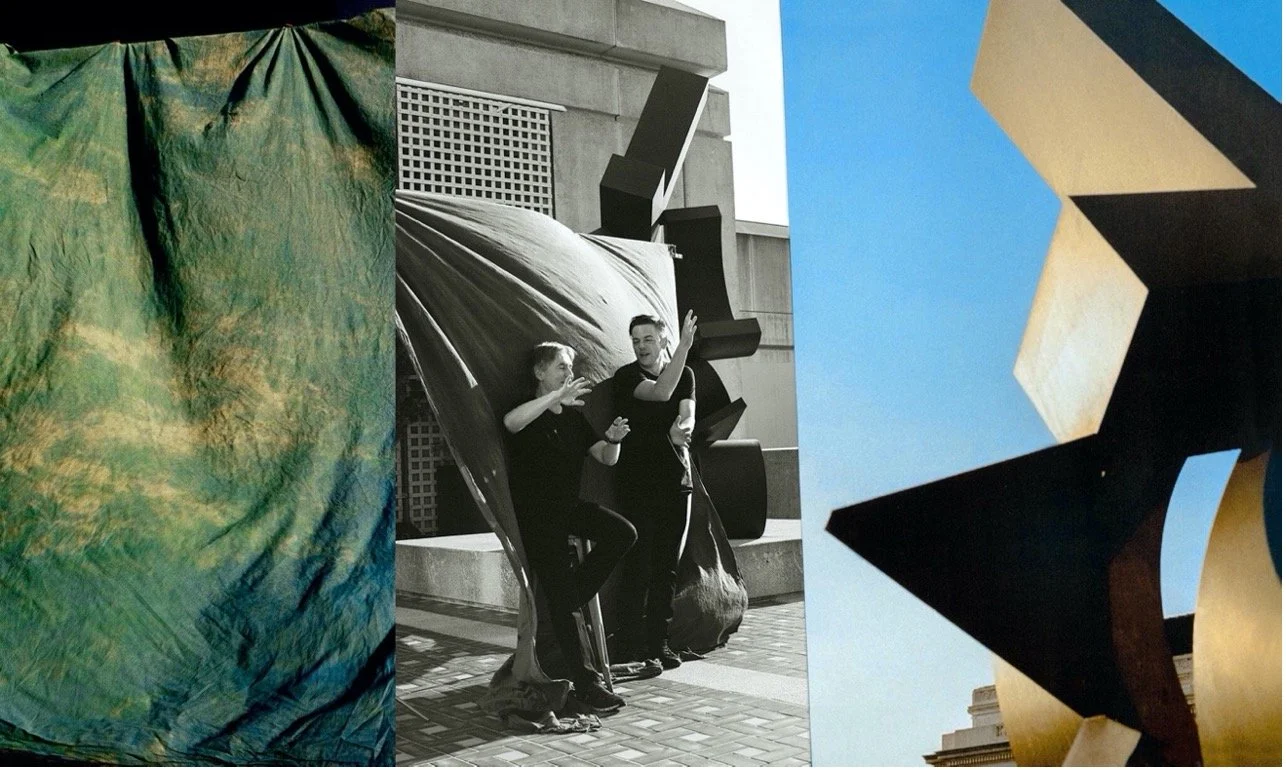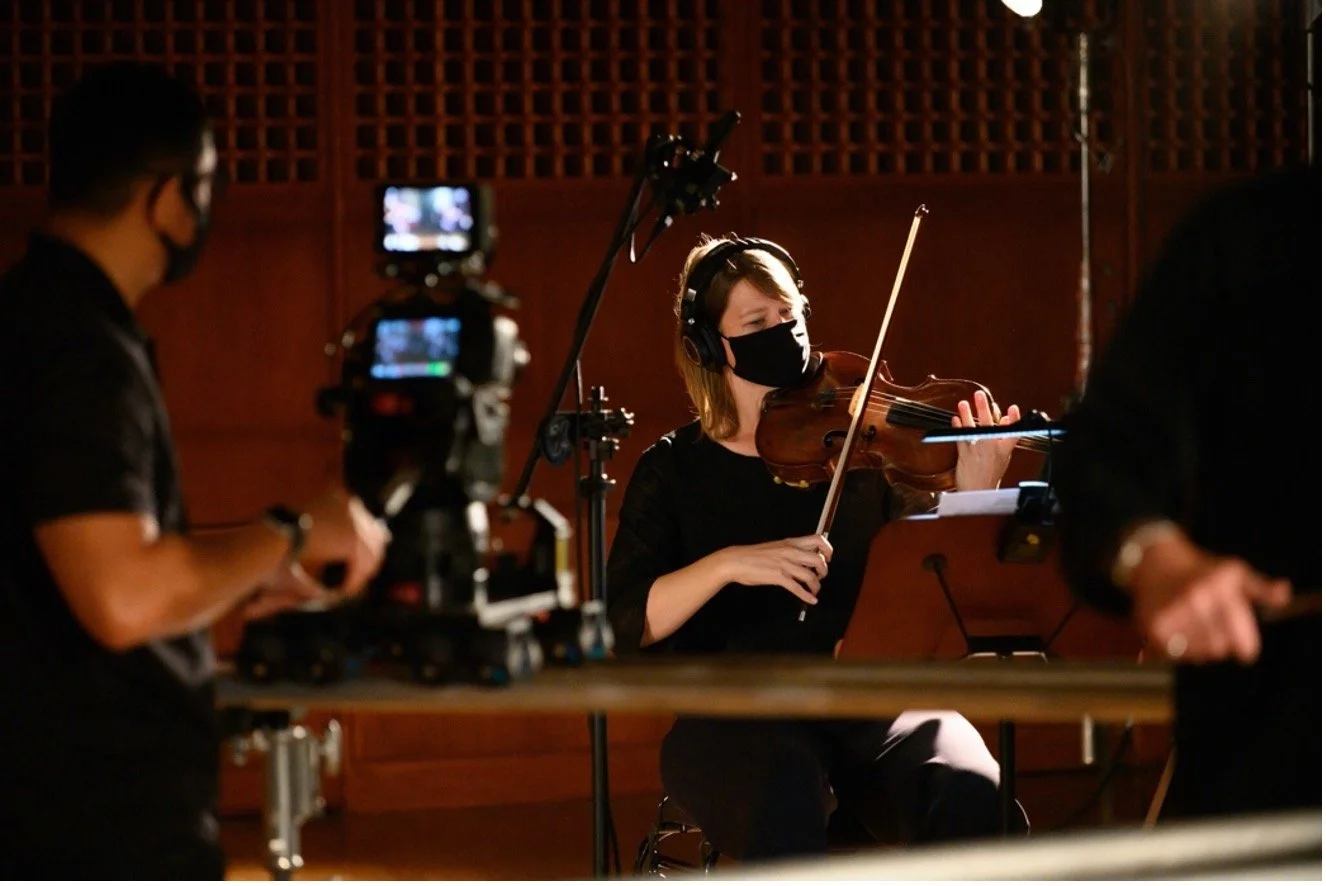Written by Cameron Massey
Introduction
The sudden closure of performance hall doors in March 2020 forced orchestras to rethink the meaning of staying connected with their community. In an instant, all classical music organizations became media production organizations — otherwise, they ran the risk of entirely losing touch with their audiences. The pandemic, which accelerated many long overdue innovations in the orchestral world, provided a not-so-gentle push to those who treated digital media as an afterthought to the sacred pillar of live performance. While many orchestras treated the digital stage as a placeholder for the eventual return to live performance, some discovered it to be a medium of its own – a new venue for meaningful storytelling. With audiences cautiously returning to in-person concerts across the nation, orchestras must weigh the value of producing digital media alongside their live offerings. Does the digital stage still provide a unique value? A deeper look into some of the artistic experimentation during this time might provide an answer.
San Francisco Symphony’s Throughline
The new requirement of producing a concert for the screen led to a variety of approaches in tackling this unfamiliar problem. Many orchestras simply reproduced the traditional concert experience in digital form, while others dared to curate offerings more suited for the online medium. The San Francisco Symphony embraced this challenge as an opportunity to showcase their forward-looking and vibrant creativity by producing a film that allowed the symphony to stay connected with their community.
Visuals from Throughline. Source: Screenshot by author.
Released November 14, 2020, Throughline served as the first presentation of the symphony’s newly appointed music director, Finnish composer and conductor Esa-Pekka Salonen. This hour-long digital concert experience announced Salonen’s vision for the orchestra while also introducing the artistic team of eight collaborative partners. This powerhouse of innovators at the intersection of music and tech were recruited to challenge decisions and assumptions of concert design, each bringing a unique style throughout the course of the film.
Throughline presents a series of pieces each with a distinctive visual and sonic identity, attempting to take full advantage of the engagement potential of a digital experience. This collage of performances opens with Ellen Reid’s “Fear and Release.” The recording pieces together shots of percussionist both inside an empty Davies Symphony Hall and on the city streets. Next, four string players combine to celebrate Beethoven’s 250th birthday, performing his “F-Minor String Quartet, Op. 95” from a dimly lit stage. Close-up shots draw the viewer into the experience, revealing the intimate collaboration of the musicians in the moment of music-making.
“Movements,” a compelling classical/hip-hop crossover, created by Oakland-based artist Kev Choice, provides the platform for messages of solidarity from San Francisco Mayor London Bree and local Bay Area activists. Salonen then leads a small group of string players in a movement from John Adams’ “Shaker Loops.” The finale and centerpiece of this digital performance is a premiere of Nico Muhly’s commissioned piece that was intended for a virtual world.
The recording and performance process of Throughline. Source: Screenshot by author.
Muhly’s “Throughline,” an 18-minute work that shares a title with the concert, embraces the full potential and restrictions of the digital space. Thousands of hours of painstaking editing are evident in this collage of musicians captured from all over the world. With visuals embedded into the very DNA of the score, the optical experience becomes engaging, requiring active rather than passive viewing. The film pieces together shots of nearly every San Francisco musician from the Davies stage with recordings of the eight collaborative partners in home studios and attic rehearsal spaces. No attempts are made to hide the masks and microphones, centering this piece in the environment and time in which it was created. In this episodic composition, Muhly’s malleable compositional voice is paired with expert editing that combines phrases composed by code, hip-hop vocalizing, and chamber music footage. Each soloist is given a moment to shine, while orchestrated transitions tie the disparate styles together. The piece closes with footage of Salonen walking aimlessly in a forest, tapping berries and tree trunks to “spark” the sounds of instruments from the stage. The final result is a meandering exploration of a theme which challenges the listener to parse out the connecting threads.
Close-up footage of musicians during concert program. Source: Screenshot by author.
CONCLUSION
Throughline set a new standard of what to expect from orchestras in the digital space while challenging the field to consider its possibilities. Nico Muhly’s composition offers an example of the ways in which blurring the line between technology and music can expand the capacities of orchestras. As concerts return to a physical format, could the digital space become a viable performance medium in its own right? Esa-Pekka Salonen certainly hopes so, stating:
“It would be crazy to come out of this and go straight back without having learned anything. What we learn in this process is going to stay with us.”
The discoveries made during this last year and a half has challenged orchestras in their method of artistic production. The use of the camera brought audiences closer to act of music-making and provided a platform to explore different elements of creativity. Perhaps the skills learned and new partnerships formed with media companies during this period will lead to concerts conceived and distributed independently of traditional subscription programs. It may prove a solution to the calls for expanding reach and greater accessibility. Regardless of these possibilities, Throughline serves as an exemplary model of what can be accomplished when orchestras use the digital world in a meaningful and intentional way.
+ Resources
Barone, Joshua. “To the Rescue This Year: The People Who Put Orchestras Online.” The New York Times. December 17, 2020. https://www.nytimes.com/2020/12/17/arts/music/classical-concerts-coronavirus-stream.html
Barone, Joshua. “The San Francisco Symphony Plunges into a New World.” The New York Times. October 28, 2020. https://www.nytimes.com/2020/10/28/arts/music/san-francisco-symphony-nico-muhly.html
Cooper, Michael. “San Francisco Symphony Lands a Disrupter: Esa-Pekka Salonen.” The New York Times. December 5, 2018. https://www.nytimes.com/2018/12/05/arts/music/san-francisco-symphony-esa-pekka-salonen.html
Gensler, Eric. CI Eye to Eye with Anastasia Boundanoque, Rock 'n' Roll Numbers—Classical Music Content during the Pandemic. Capacity Interactive. Podcast audio. August 4, 2020. https://ideas.capacityinteractive.com/ci-to-eye-podcast-episodes/rock-n-roll-numbers-classical-music-content-during-the-pandemic-anastasia-boudanoque
Gensler, Eric. CI Eye to Eye with Matias Tarnopolsky, Every Arts Organization Must Become a Media Company. Capacity Interactive. Podcast audio. March 31, 2020. https://ideas.capacityinteractive.com/ci-to-eye-podcast-episodes/every-arts-organization-must-become-a-media-company-mat%C3%ADas-tarnopolsky
Hooper, Ryan. “The DSO Goes Digital: Online Performances May Become New Norm After COVID-19.” WDET. CultureShift. March 20, 2020. https://wdet.org/posts/2020/03/20/89381-the-dso-goes-digital-online-performances-may-become-new-norm-after-covid
Klickstein, Gerald. “3 Traits of Successful Concert Programs.” MusiciansWay.com. October 20, 2014. https://www.musiciansway.com/blog/2014/10/3-traits-of-successful-concert-programs/
Kosman, Joshua. “Review: S.F. Symphony begins a new artistic chapter with compact ‘Throughline.’” San Francisco Chronicle. November 12, 2020. https://datebook.sfchronicle.com/music/review-s-f-symphony-begins-a-new-artistic-chapter-with-compact-throughline
“Throughline: San Francisco Symphony - From Hall to Home.” San Francisco Symphony. November 14, 2020. sfsymphonyplus.org/videos/throughline
Wassenberg, Anya. “Live Streaming Is Here to Stay - The Future of An Emerging Technology.” Ludwig van Toronto. April 20, 2020. https://www.ludwig-van.com/toronto/2020/04/20/report-live-streaming-is-here-to-stay-the-future-of-an-emerging-technology/




